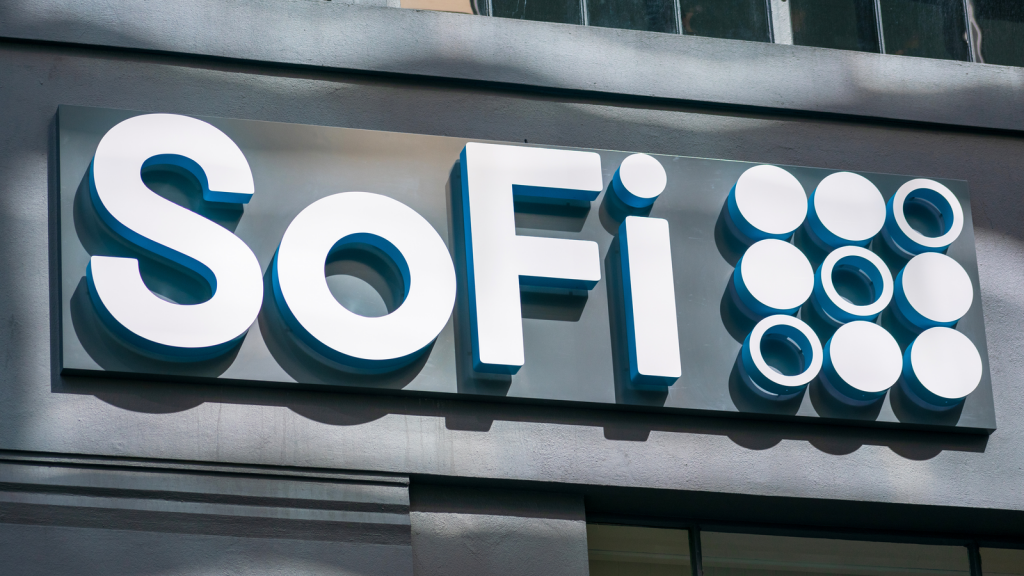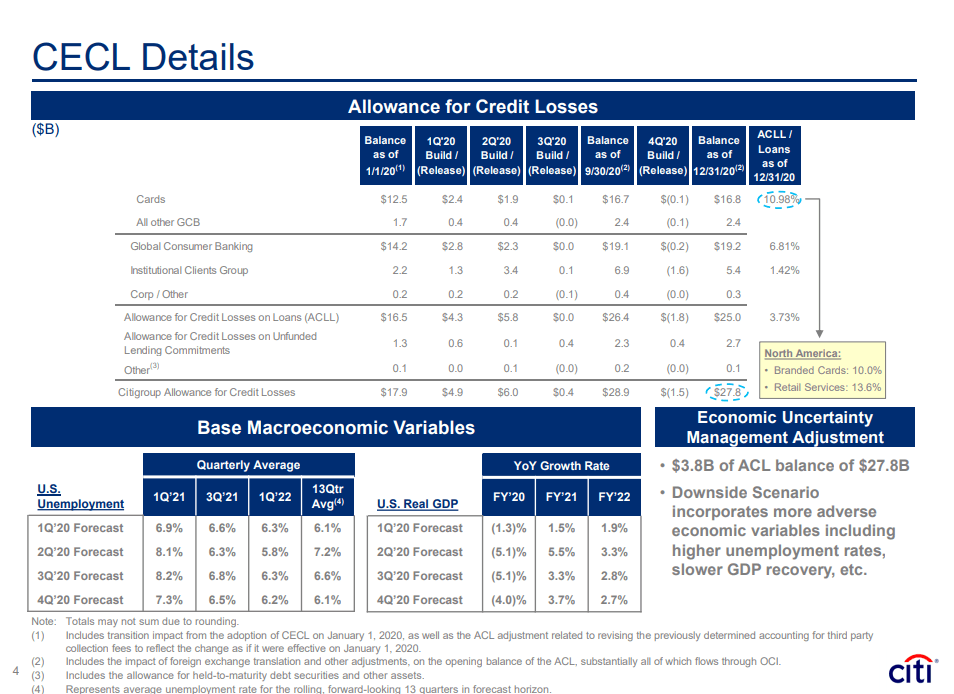Value investors have, over the years, favored the price / earnings or P / E ratio as a way to identify value stocks. However, in the case of loss-making companies that have a negative price-to-earnings ratio, the price-to-sales or P / S ratio is taken into account to determine their true value.
However, the price-to-book ratio (P / N ratio), while used less often, is also an easy-to-use valuation tool for identifying low-priced stocks with good returns.
The P / B ratio is calculated as below:
P / B ratio = market capitalization / book value of equity
The P / B ratio helps identify low-priced stocks that have high growth prospects. Ford Motor Company (F – Free report), General Motors Society (DG – Free report), Invesco (IVZ – Free report), DXC Technology Company (DXC – Free report) and Atlas Corp. (ATCO – Free Report) are just a few of those choices.
What is book value?
There are several ways to define the book value. Book value is the total value that would remain, according to the company’s balance sheet, in the event of immediate bankruptcy. In other words, this is what shareholders would theoretically receive if a company liquidated all of its assets after paying off all of its liabilities.
It is calculated by subtracting total liabilities from total assets of a business. In most cases, this is equivalent to common shareholders’ equity on the balance sheet. However, according to the company’s balance sheet, intangible assets must also be subtracted from total assets to determine the book value.
Understanding the P / B Ratio
By comparing the book value of equity to its market price, we get an idea of whether a company is undervalued or overvalued. However, like the P / E or P / S ratio, it is always best to compare P / N ratios within industries.
An AP / E ratio of less than one means the stock is trading below its book value or the stock is undervalued and therefore is a good buy. Conversely, a stock with a ratio greater than one can be interpreted as being overvalued or relatively expensive.
For example, a stock with a P / N ratio of 2 means we pay $ 2 for every $ 1 of book value. Thus, the higher the P / B, the more expensive the action.
But there is a caveat. An AP / E ratio of less than one can also mean that the company is generating low or even negative returns on its assets or that the assets are overvalued, in which case the stock should be avoided as it can destroy shareholder value. Conversely, the share price can be significantly high – thus pushing the P / B ratio to more than one – in the probable event that it has become a takeover target, reason enough to hold the share. ‘action.
In addition, the P / B ratio is not without limits. It is useful for businesses – like finance, investment, insurance, and banking or manufacturing companies – with many liquid / tangible assets on the books. However, this can be misleading for companies with large R&D spending, high debt, service companies, or those with negative profits.
In any case, the ratio is not particularly relevant as a stand-alone number. One should analyze other ratios such as P / E, P / S and debt / equity before making a reasonable investment decision.
Screening parameters
Price to Book (Common Equity) below the X-Industry median: A lower P / B than the industry average implies that there is enough room for the stock to win.
Sales price below the X-Industry median: The P / S ratio determines the market value for every dollar of the company’s sales / revenue – a lower ratio than the industry makes the stock attractive.
Price / profit using an F (1) estimate lower than the X-Industry median: The P / E (F1) ratio values a company based on its current stock price relative to its estimated earnings per share – a lower ratio than the industry is considered better.
PEG less than 1: The PEG relates the P / E ratio to the company’s future growth rate. The PEG ratio gives a more complete picture than the P / E ratio. A value less than 1 indicates that the stock is undervalued and that investors should pay less for a stock that has good prospects for earnings growth.
Current price greater than or equal to $ 5: They must all trade at a minimum of $ 5 or more.
Average volume over 20 days greater than or equal to 100,000: A substantial trading volume ensures that the stock is easily tradable.
Rank of Zacks less than or equal to # 2: Zacks Rank # 1 (Strong Buy) or 2 (Buy) stocks are known to outperform regardless of the market environment.
Value Score Equal to A or B: Our research shows that stocks with a value score of A or B, when combined with a Zacks # 1 or 2 ranking, offer the best opportunities in the investment space. valuable.
Here are our five choices among the 12 actions that qualified the screening:
Ford Motor Company designs, manufactures, markets and services Lincoln cars, trucks, sport utility vehicles, electrified vehicles and luxury vehicles.
Ford Motor has a projected 3 to 5 year EPS growth rate of 24.7%. Ford Motor currently has a Zacks Rank # 1 and Value Score of A. You can see the full list of Zacks # 1 Rank stocks today here.
Invesco acts as an independent investment manager and offers a wide range of investment products and services. As of September 30, 2021, Invesco had offices in more than 20 countries and assets under management worth $ 1.53 trillion.
Invesco currently has a Zacks Rank # 2 and a Value Score of A. Invesco has a projected 3 to 5 year EPS growth rate of 13.5%.
General Motors Company is one of the largest automobile manufacturers in the world. The leading U.S. automaker aims to spend more than $ 27 billion by 2025 to launch next-generation electric vehicles powered by new, low-cost batteries. General Motors plans to roll out 11 new electric vehicles as part of its ambitious plans through 2025, including at least 20 new models by 2023.
General Motors has a Zacks Rank # 2 and a Value Score of A. Celestica has a 3 to 5 year projected EPS growth rate of 9.9%.
DXC Technology Company provides information technology services and solutions primarily in North America, Europe, Asia and Australia. DXC Technology Company has a Zacks Rank # 2 and a Value Score of A.
DXC Technology Company was formed by the amalgamation of Computer Sciences Corporation (“CSC”) and the Enterprise Services Division of Hewlett Packard Enterprise (“HPE”), which was completed on April 1, 2017. DXC Technology Company a a forecast of 3-5- annual EPS growth rate of 27.4%.
Atlas Corp. is an asset management company, which operates as an independent owner and manager of container ships.
Atlas Corp. has a projected 3 to 5 year EPS growth rate of 27.9%. Atlas Corp. currently has a Zacks Rank # 1 and a Value Score of A.
Get the rest of the actions on the list and start testing this idea and others. All of this can be done with Research Wizard stock picking and backtesting software.
The Research Assistant is a great place to start. It’s easy to use. Everything is in plain language. And it’s very intuitive. Start your research assistant trial today. And the next time you read an economic report, open the research assistant, plug in your findings, and see what gems come out of it.
Click here to sign up for a free trial of the Research Assistant today.
Disclosure: Officers, directors and / or employees of Zacks Investment Research may own or have sold securities short and / or hold long and / or short positions in options mentioned in this document. An affiliated investment advisory firm may own or have sold securities short and / or hold long and / or short positions in options mentioned in this document.
Disclosure: Information on the performance of Zacks’ portfolios and strategies can be found at: https://www.zacks.com/performance




